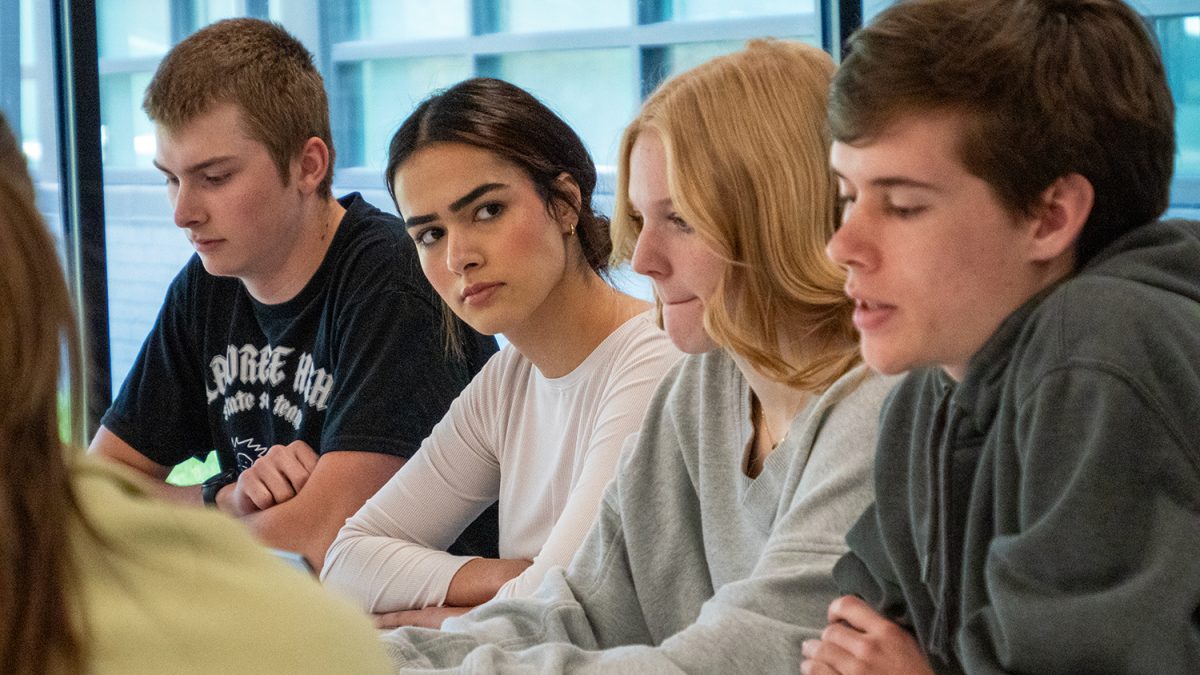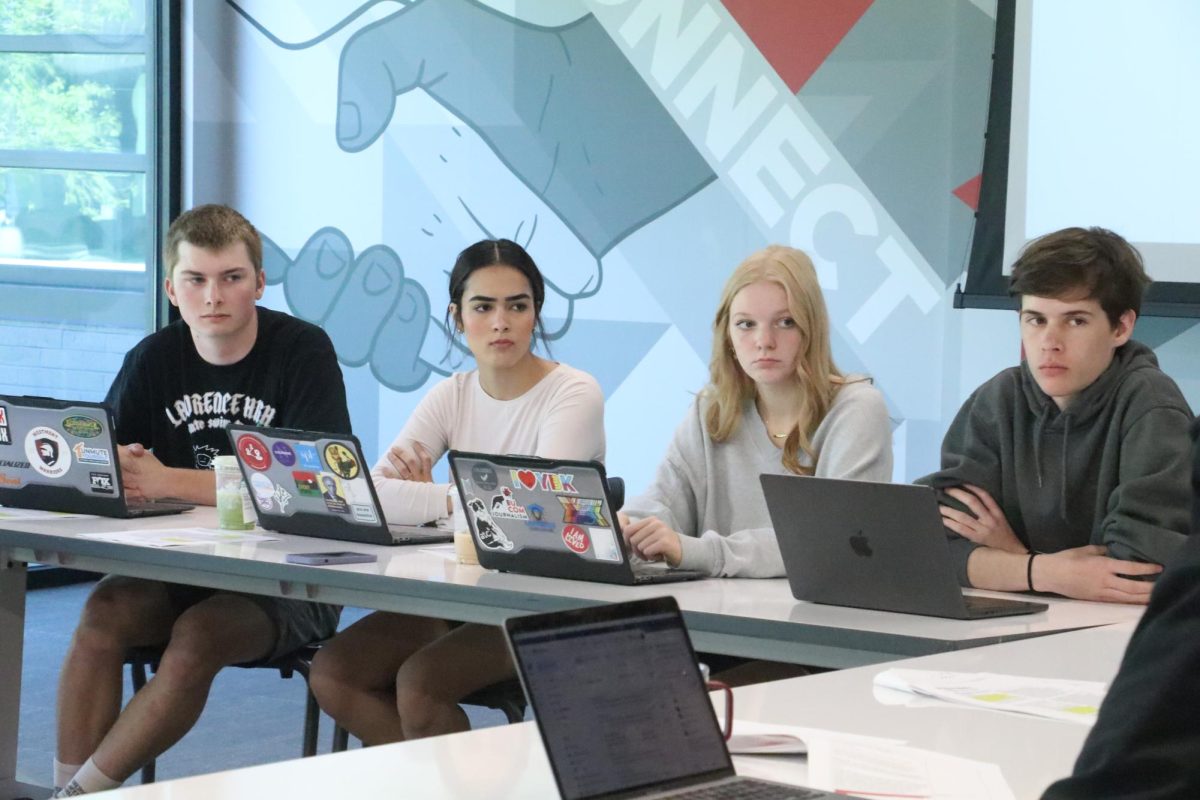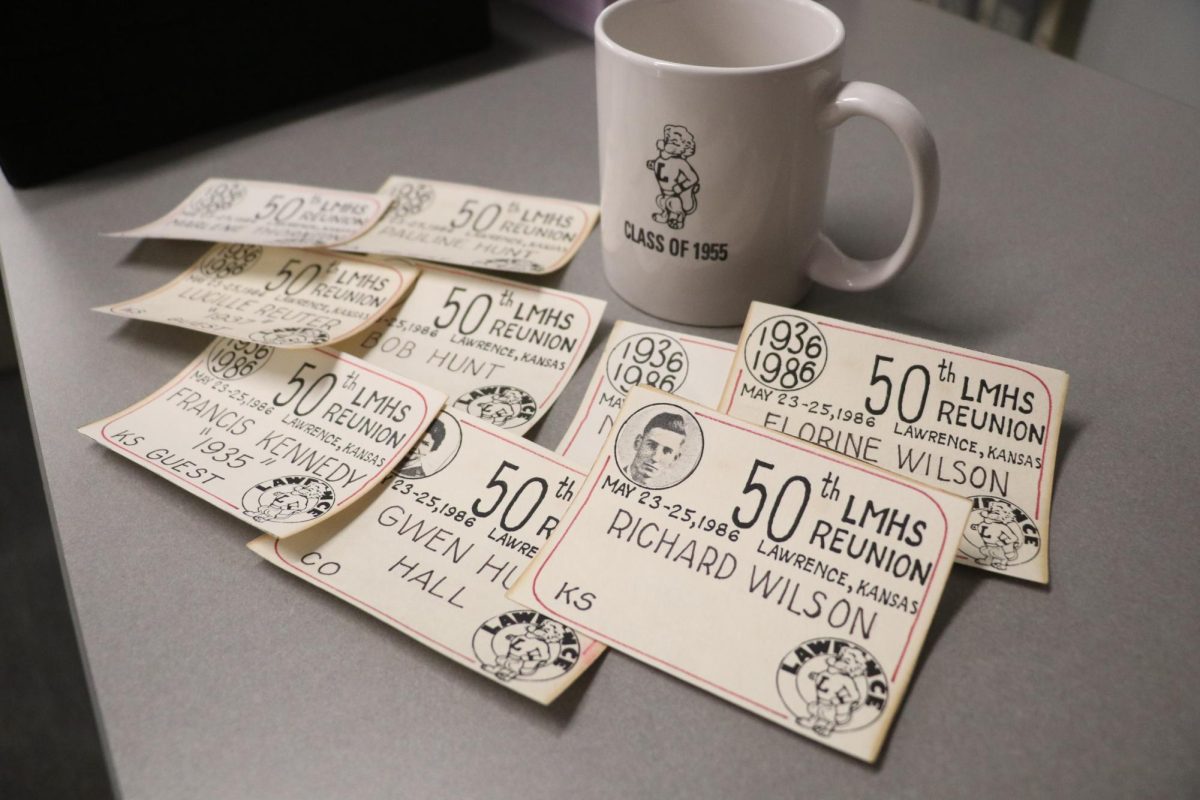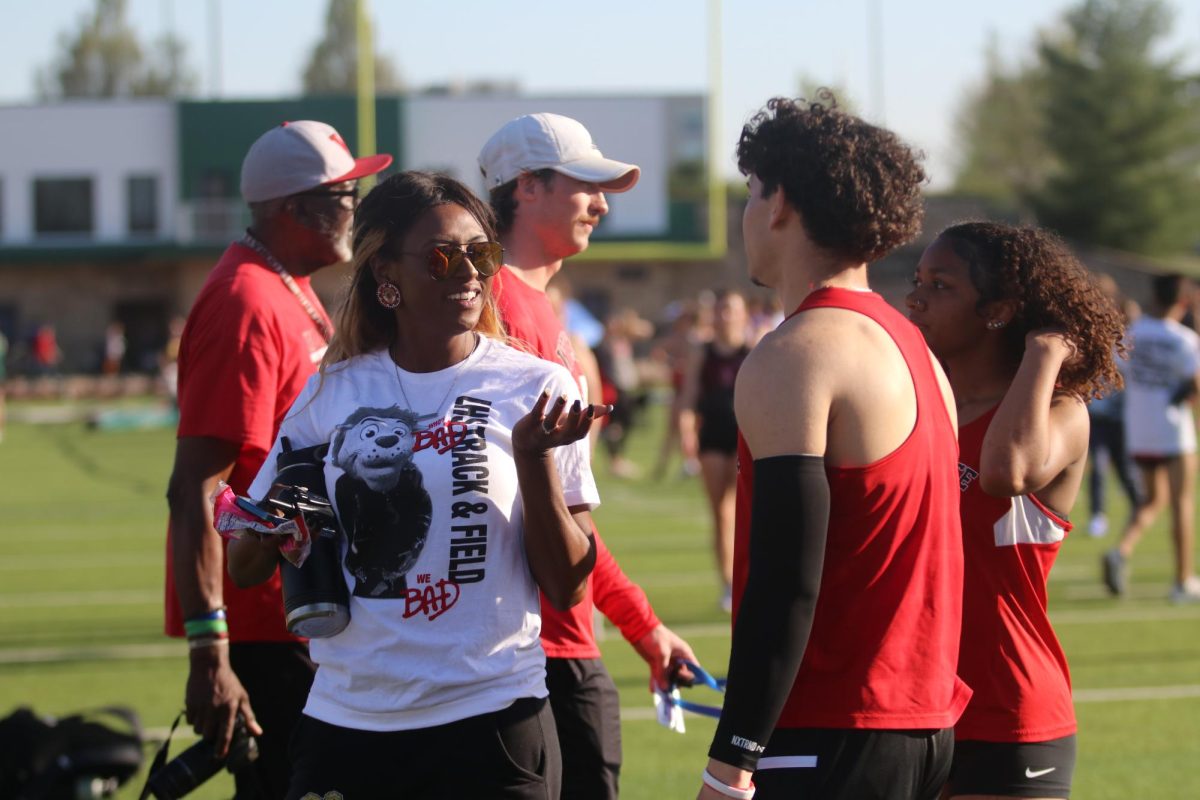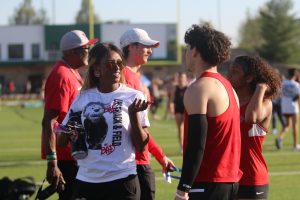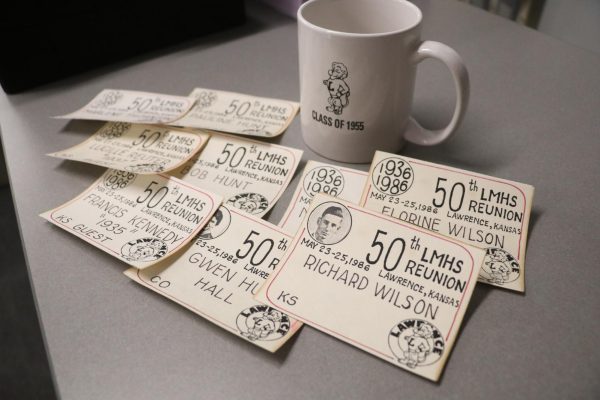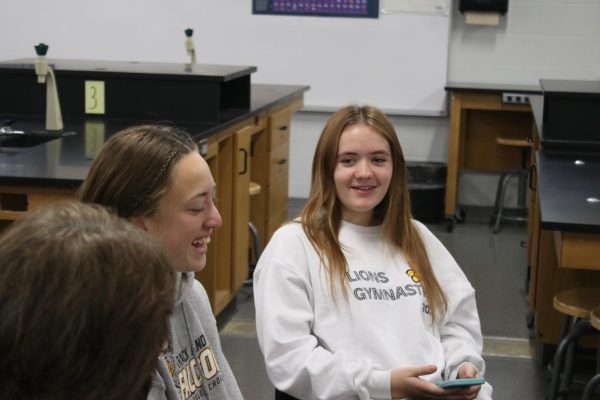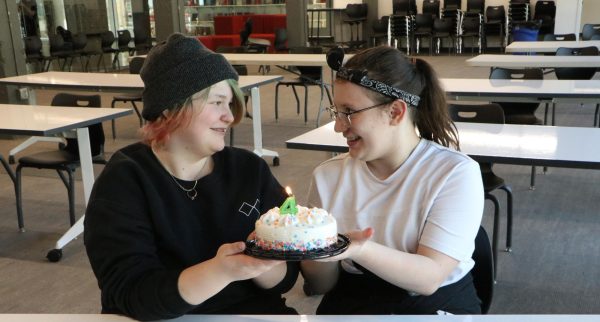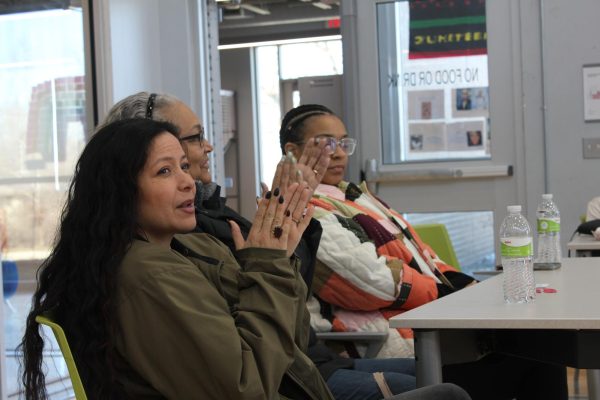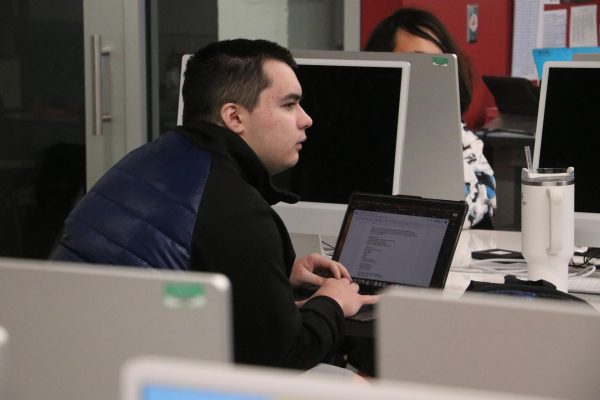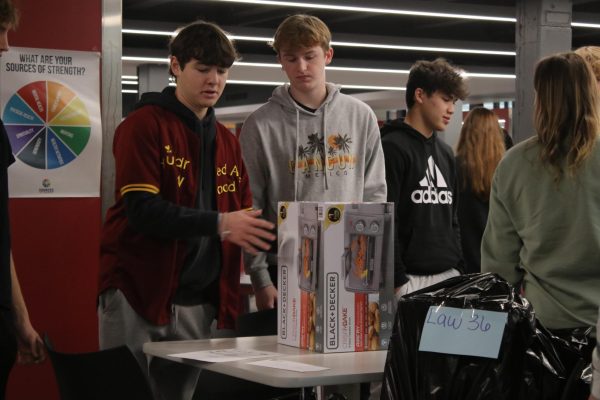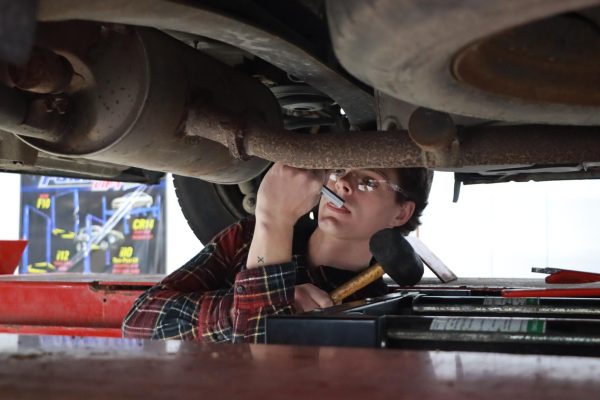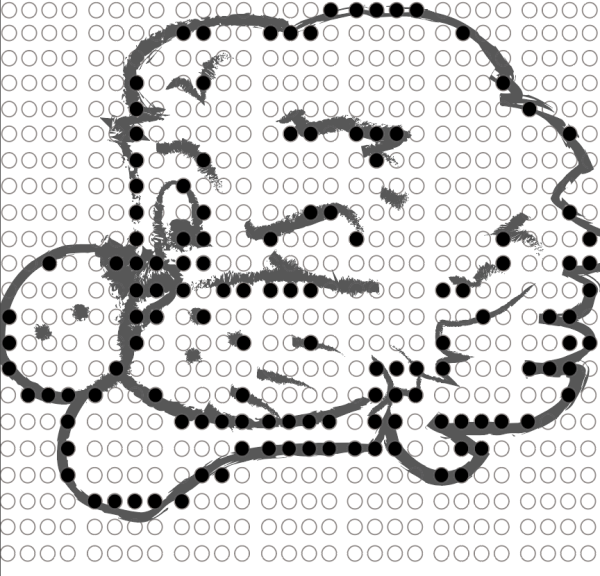Online learning brings changes to AP, Blueprint classes
KU Blueprint classes and other advanced classes have challenged students and teachers in unique ways during the pandemic.
December 11, 2020
Teachers and students involved in AP and Blueprint courses have taken various approaches when adapting to remote and hybrid learning.
With a completely virtual start to the school year, AP and Blueprint teachers were forced to make changes to their teaching styles and curriculum, while continuing their typical level of engagement and difficulty. Some teachers have had to undergo dramatic changes, while others stuck to their previous styles and curriculums.
For AP Environmental Science teacher Lisa Ball, the move to online classes has caused major changes in her teaching style.
“I have changed almost everything about my teaching style,” Ball said. “I am basically reinventing the three different courses that I teach.”
AP Language and Composition teacher Jonathan Harrison went into the school year with a much different approach.
“I’ve tried not to change [my teaching style] too much,” Harrison said. “I’ve tried to present the classes in a way that still plays to my strengths.”
AP Statistics and KU Blueprint Math 101 teacher Greg Farley received resources from both the College Board and the University of Kansas that assist teachers in making the switch to online learning.
“KU Blueprint has purchased the WebAssign software, which is an online assignment software package. WebAssign allows students to get immediate feedback on College Algebra (KU 101) assignments,” Farley said. “The AP Stat course implemented online resources last year, and we will use those resources this year as well. The College Board has added video lessons as well that students can access for instruction.”
Teachers are continually finding ways to adapt to these unusual conditions.
Ball was optimistic and works to accommodate students’ needs by focusing on engaging classwork. However, the lab work typically found in an AP science course is difficult to replicate online.
“I was hoping that the district would purchase access to a really nice science/math lab simulation package, but they told us it was too expensive,” Ball said. “I did create a lab kit for my AP class so that we can do a few labs at home, together.”
Teachers’ overall sense of optimism has not gone unnoticed by students.
Junior Sofia Thomas is a student in three AP classes and was excited by the attitude all her teachers have taken on.
“I really enjoy how optimistic all my teachers are being,” Thomas said. “I think that all AP teachers are doing great with making class fun when it’s online.”
Senior Amy Manning, who is enrolled in two KU Blueprint classes, found the variety of resources available helpful with the transition to remote learning.
“I enjoy how the teachers are using new websites and different videos to try and keep us engaged,” Manning said. “The teachers are trying really hard to keep us interested.”
Despite the best efforts of teachers and students, learning through a screen has proved to have downsides.
Even with breakout rooms and virtual communication, Manning acknowledged that there are still challenges when doing online group work.
“I feel like the big thing that we are missing out with is getting to work with other people,” Manning said. “Especially for my English Blueprint class because we are about to start an essay assignment, but we won’t be able to collaborate with others as much as we could in-person.”
Thomas recognized the restrictions in remote learning.
“I always feel like I could learn more in-person,” Thomas said. “Having [school] online just feels different.”





